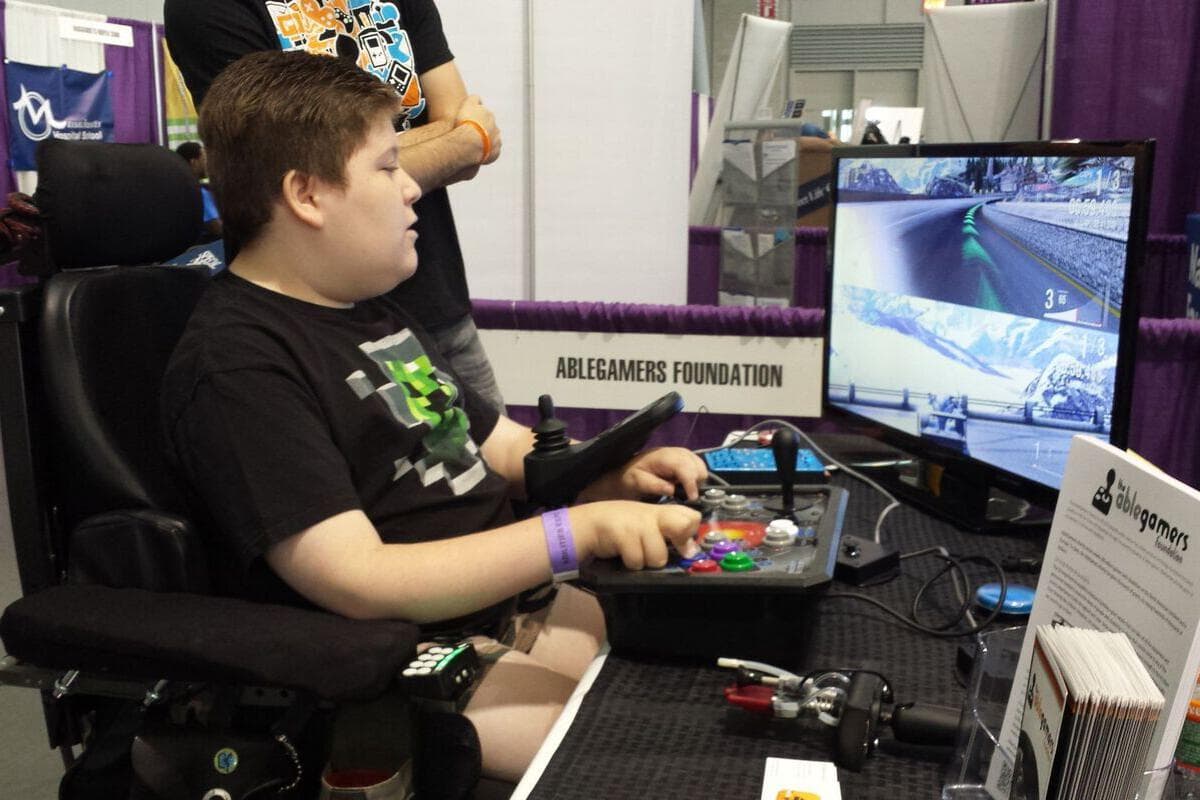The Importance of Accessibility in Gaming: Designing Games for All Players

Accessibility in gaming is an essential aspect of game design that ensures all players, regardless of their physical or cognitive abilities, can enjoy games. This approach not only opens games to a broader audience but also demonstrates a commitment to inclusivity and diversity within the gaming community.
Why Accessibility Matters
Accessibility in gaming is crucial because it allows people with disabilities to participate in an activity that can provide entertainment, social interaction, and even cognitive benefits. According to the World Health Organization, over one billion people live with some form of disability, making accessibility a significant issue in all forms of media, including video games. “Accessibility features can transform gaming experiences for players with disabilities, offering them the same opportunities for engagement and enjoyment as other players,” says Jane Doe from golden star casino.
Common Accessibility Features
Common accessibility features in games include customizable controls, subtitles, and visual or auditory aids. Customizable controls are particularly important for players with limited mobility or dexterity. “Allowing players to remap buttons or use alternative input devices can make a game playable for those who otherwise couldn’t engage with it,” explains game designer Mark Smith.
Subtitles and audio descriptions help players with hearing impairments by providing textual or visual representations of audio content. “Subtitles are a basic yet crucial feature for making games accessible to deaf and hard-of-hearing players,” notes sound designer Emily Brown. Similarly, visual cues can assist players who are deaf or hard of hearing by signaling important gameplay events, such as enemy actions or important plot points.
Challenges in Implementing Accessibility
Despite the benefits, implementing accessibility features can be challenging. Game developers must balance the need for accessibility with design constraints and budget considerations. “Incorporating accessibility features requires additional resources and expertise, which can be a challenge for smaller studios,” acknowledges developer Alex Green. However, many industry experts argue that accessibility should be considered a standard part of game development, not an optional add-on.
Industry Progress and Best Practices
The gaming industry has made significant strides in recent years toward better accessibility. Major game titles and consoles now include a range of accessibility options, from colorblind modes to voice control. “Games like ‘The Last of Us Part II’ and ‘Assassin’s Creed Valhalla’ have set new standards for accessibility, offering comprehensive options that cater to various needs,” says accessibility consultant Rachel Lee.
Best practices for accessibility in gaming include involving people with disabilities in the design and testing phases, using clear and simple language in tutorials and instructions, and providing multiple ways to customize the gaming experience. “Including disabled players in the design process ensures that accessibility features are not only present but truly effective,” advises Lee.
The Role of Community and Advocacy
Community advocacy plays a crucial role in promoting accessibility in gaming. Organizations like AbleGamers and SpecialEffect work to raise awareness and provide resources for gamers with disabilities. “Advocacy groups help bridge the gap between developers and players, advocating for necessary changes and innovations,” says AbleGamers CEO Steve Spohn.
Online forums and social media platforms also allow players to share their experiences and suggest improvements. This feedback is invaluable for developers aiming to create more inclusive games. “Community input is essential for understanding the real-world impact of accessibility features and identifying areas for improvement,” notes game developer Maria Thompson.
The Future of Accessibility in Gaming
Looking ahead, the future of accessibility in gaming is promising, with advancements in technology offering new possibilities. Innovations such as AI-driven adaptive gameplay, which adjusts difficulty based on player performance, and the use of haptic feedback for immersive experiences, are paving the way for more inclusive gaming. “As technology evolves, so does our capacity to create games that everyone can enjoy,” says tech strategist Lisa Wong. These developments not only enhance accessibility but also enrich the gaming experience for all players, highlighting the importance of continued investment in this area.
Accessibility in gaming is not just a technical consideration; it’s a matter of social responsibility and inclusivity. As the gaming industry continues to grow, the importance of making games accessible to all players becomes increasingly apparent. By implementing thoughtful design features and engaging with the community, developers can ensure that games are enjoyable for everyone, regardless of ability. As more studios embrace these practices, the gaming world moves closer to a future where all players can participate fully and equally.
